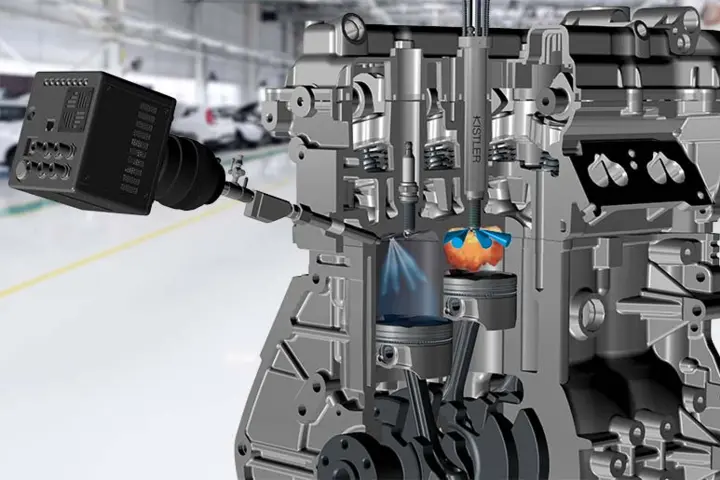What is optical combustion analysis?
Optical combustion analysis is a process from the field of measurement technology that is used in the development of combustion engines. In addition to investigations by means of cylinder pressure measurement, optical probes, endoscopes or camera systems provide direct visual insight into the combustion chamber. The users receive additional information about the quality of the combustion process and can use it to make optimizations such as increasing the efficiency or reducing emissions.


![Optical combustion analysis [object Object]](https://kistler.cdn.celum.cloud/SAPCommerce_Document_Preview/961-316e.webp)